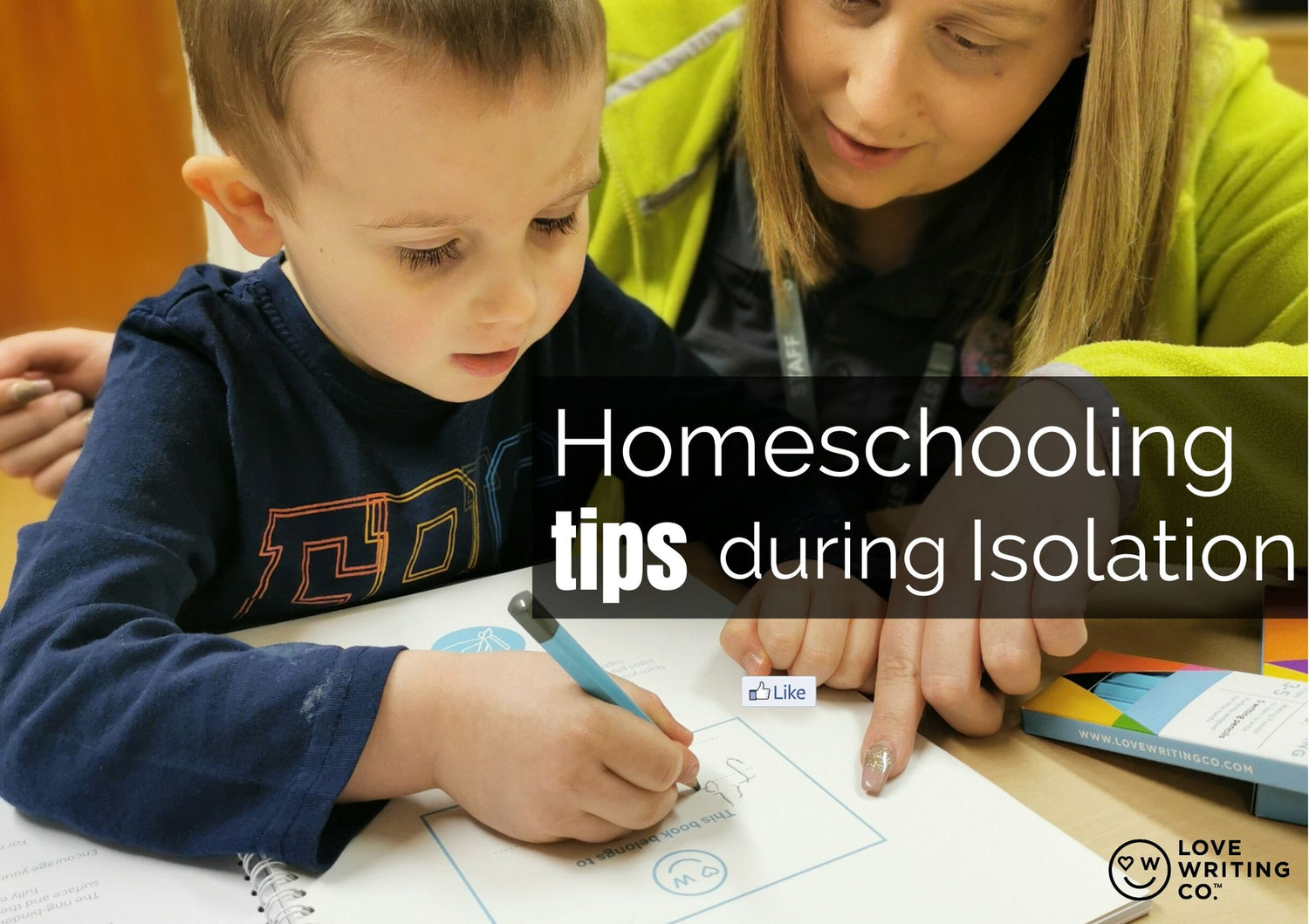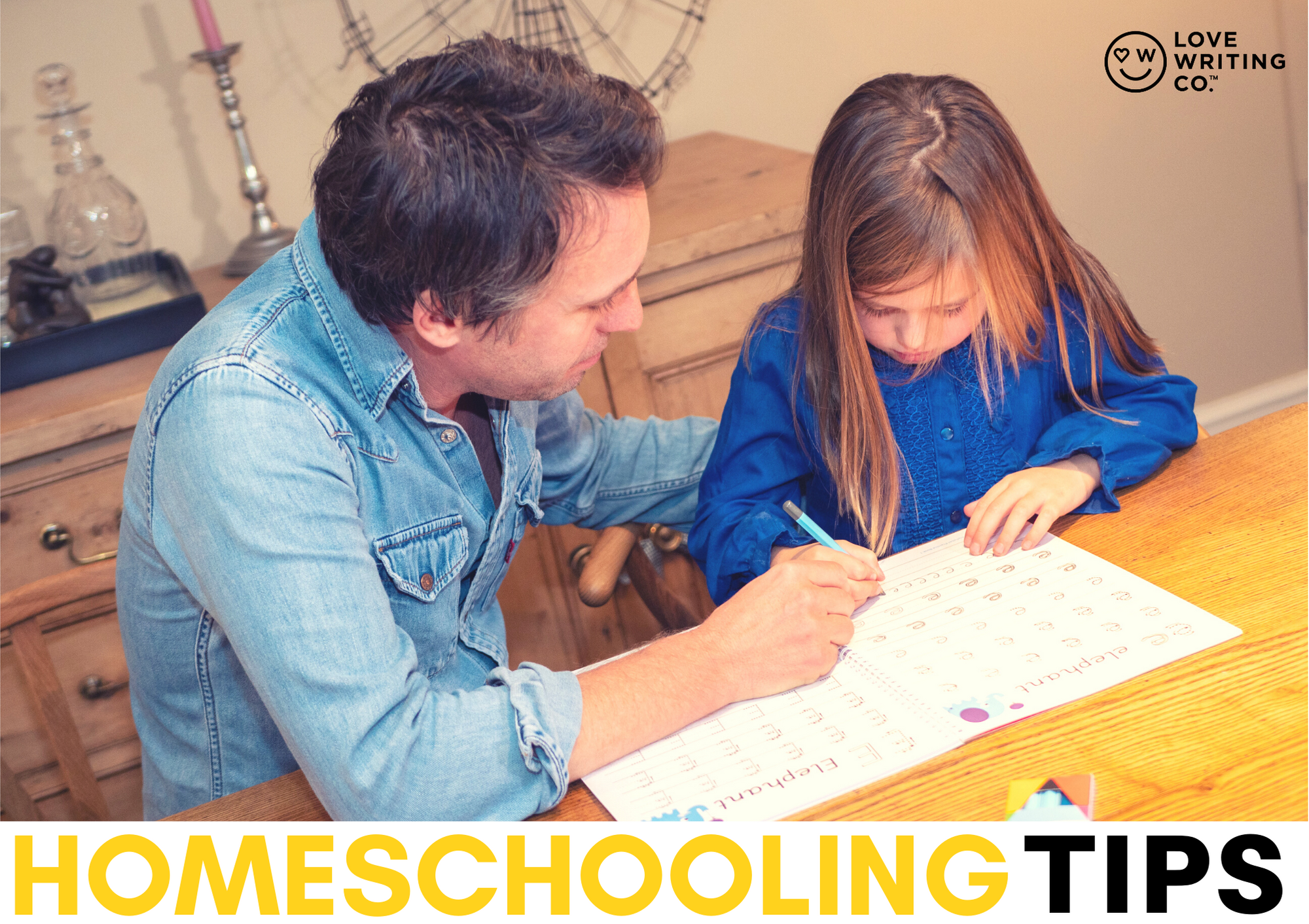1. Try to establish a daily routine so that everyone is clear about what is expected

2. Within the routine have some down time, ‘your time’ so that everyone is not on top of each other 24/7
3. Create a timetable. If you do, even though the children may not be able to tell the time, at 9.55 for instance, say ‘Look at the clock it is 5 to 10 we have five minutes to go.’ At 10.00 say ‘‘look at the clock it is 10 o’clock we have finished.’ This way children develop a sense of time, learn some of the language of time and become familiar with some key times on a clock face
4. Most families will have a ‘tech time’. Make sure the children are in a safe online environment and are not likely to spend your money, inadvertently. Whatever time you set aside for ‘tech’ try to stick to it. It can be tempting to allow it to go on for longer as the children are quiet and engaged. If you do decide to allow them to go beyond the set time, negotiate something in return, like 10 minutes extra school time, or get them to help with household chores
- It is likely to create less tension if you give them a ten, five and then two-minute warnings before the end of a tech session or any other activity that they may be engrossed in. Alternatively use a timer that rings when the session is over, and they are expected to stop
- Remember it is alright for children to have some time alone, be ‘bored’ and utilise their own imagination and resources. For instance have a 30 minute mid-afternoon siesta where everyone goes into their own space and does something quietly, whether that’s reading, drawing, playing with Lego/toys, writing a letter or email to someone, do some children’s yoga or nap, whatever so long as it is quiet and it is not playing with electronics. Once children are used to this process it is amazing how children will allow their imagination to drift and explore
6. Many schools are providing schoolwork and can be contacted via Teams, email or social media to help children – try and do the schoolwork when the children are most productive to keep them motivated and ahead for when they do get back to school
7. Make time for key subjects
- Reading, writing, geography, creativity, maths, science and even PE and be creative to keep children engaged. Some of our favourite online resources include:
- Phonics – www.starfall.com is great to help children with phonics
- Writing - Love Writing Co has a selection of fun activities for handwriting, hand eye coordination and soon to be published fun learning packs and ideas available https://lovewritingco.com/pages/downloadables and will be creating some more

- PE – Joe Wicks (or The Body Coach is doing PE classes every morning at 9am on YouTube: https://www.youtube.com/watch?v=Rz0go1pTda8
- Geography/History and Science – visit the likes of: www.kids.nationalgeographic.com to learn about the world and different countries and animals or visit different zoo websites and www.switchzoo.com to learn about the endangered species in the world
- Reading – visit www.reading.ecb.org and www.suessville.com to find new reading materials and games
- Maths and Reading – www.abcya.com and www.funbrain.com which will make learning fun
- All Children - from primary to 16+ visit https://www.bbc.co.uk/bitesize which has age appropriate learning content
- Preschool and Infant learning- https://www.bbc.co.uk/cbeebies




Leave a comment
All comments are moderated before being published.
This site is protected by hCaptcha and the hCaptcha Privacy Policy and Terms of Service apply.